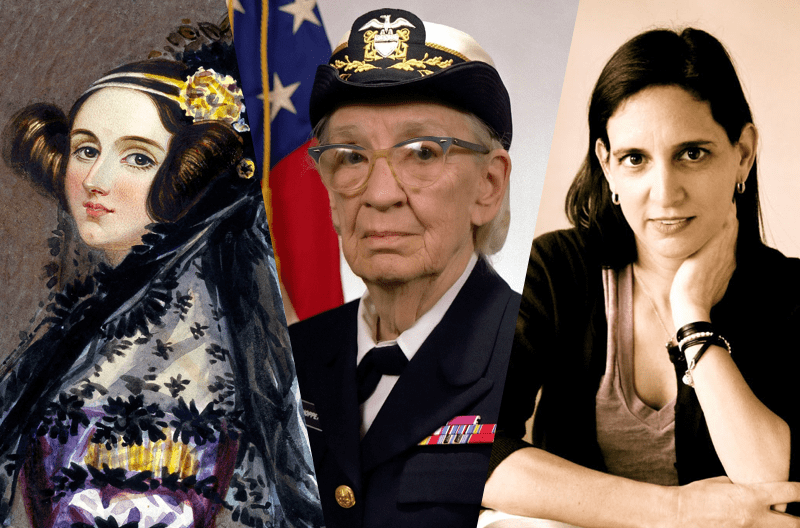The Women Who Made The Internet
29:41 minutes

In the history of male-dominated computer science, there are a few women who have gotten attention and credit for their contributions. Famously, Ada Lovelace wrote the first algorithm designed for a computer, and foresaw that such machines could do much more than math alone. Grace Hopper, after programming Harvard’s Mark 1 computer during World War II, went on to develop the first program compiler and helped make software programming accessible to more people.
But as Claire Evans writes in her new book, Broad Band: The Untold Story of the Women Who Made the Internet, even more women were part of the internet’s rise at every step along the way. As programmers and organizers of information, they were often vital to solving new problems. Networking pioneer Radia Perlman invented the protocol that allows Ethernet to handle large networks. Information scientist Elizabeth “Jake” Feinler created the first directory of ARPANET’s people and databases—her organization, the Network Information Center, served as an early, human-powered search engine. She also went on to make sure internet addresses were divided into domains like .com and .edu.
[Watch our “Breakthrough: Portraits Of Women In Science” documentary series!]
Not all their contributions made it into the internet we use today. Wendy Hall’s system for self-updating hypertext would have prevented the World Wide Web’s problem of link rot and 404 errors, while Stacy Horn’s social network “Echo” remained an online gathering space mainly for geeky New Yorkers (and, at one point, John F. Kennedy Jr.). But, as Evans writes, their stories are just as important as the ones that have already been told.
Explore a timeline of some of the important figures in internet’s history below. Plus, read an excerpt of Broad Band here.
Claire L. Evans is the author of Broad Band: The Women Who Made The Internet (Portfolio, 2018).
Stacy Horn is the founder of EchoNYC in New York, New York.
Christie Taylor was a producer for Science Friday. Her days involved diligent research, too many phone calls for an introvert, and asking scientists if they have any audio of that narwhal heartbeat.
Lauren J. Young was Science Friday’s digital producer. When she’s not shelving books as a library assistant, she’s adding to her impressive Pez dispenser collection.
Dee Peterschmidt is a producer, host of the podcast Universe of Art, and composes music for Science Friday’s podcasts. Their D&D character is a clumsy bard named Chip Chap Chopman.